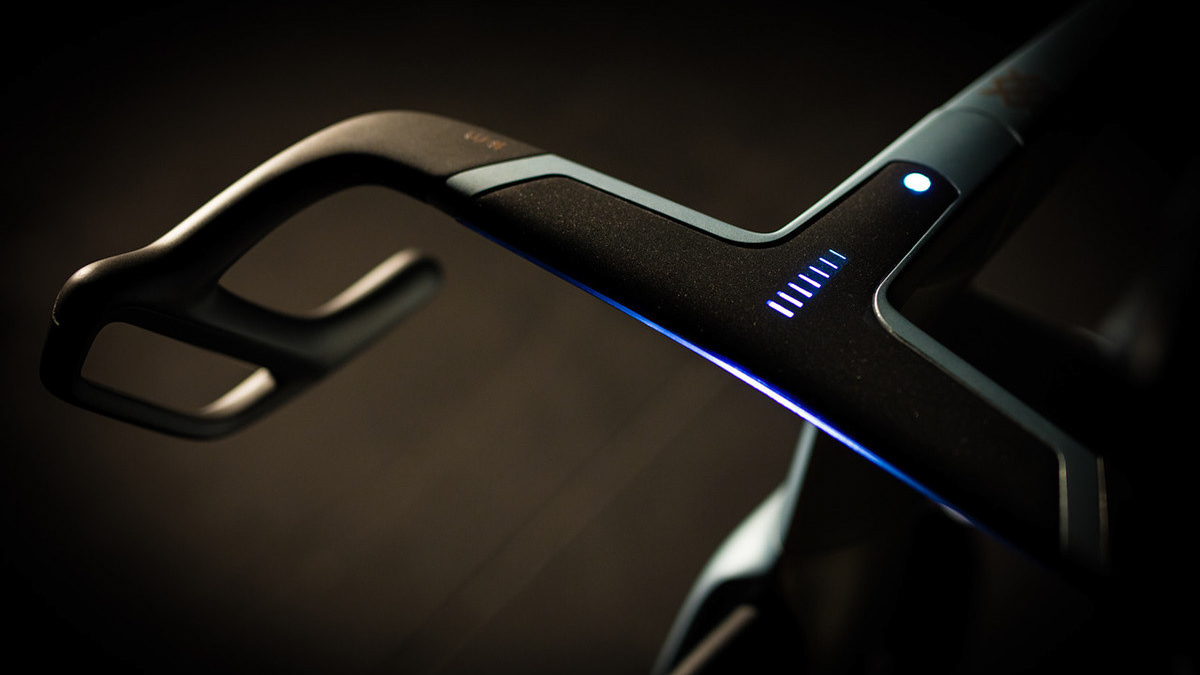TREK VISUAL BRAND LANGUAGE 2008
In 2007 I wanted to reinvent how our design group developed future brand-form language. The following image set depicts an evolving process of form development that -at the time - brought Trek's family of product into one cohesive vision. These renders were original done 2007 in SoldWorks PhotoView.
In 2007 I wanted to reinvent how our design group developed future brand-form language. The following image set depicts an evolving process of form development that -at the time - brought Trek's family of product into one cohesive vision. These renders were original done 2007 in SoldWorks PhotoView.
Show above, as it applies to the actual bike frames.
The VBL concept started with a set words. Words that resonated with specific riders. It was evident that we needed to tune VBL to more closely address customer desires; Mountain bikes are not just mountain bikes. There are key categories represented by a multitude of riders that each have specific functional needs from their products. Words that worked visually were sketched, sketches were modeled into sculptures that represented products for two distinct riders - the racer and the person out for the rush.
The methodology proved effective for mountain bike development - but what about other categories? I had to look deeper - I had to create a tool that allowed everyone on the team how to take their understanding of riders' needs and communicate it through form. Category-specific visual brand language was born (csVBL).
Understanding the rider (end user) gives context to the designer. And whether they - the rider - realizes it or not, the product needs to speak to them in their language...what the spandex-wearing racer hears is different than what the gap-jumping thrill seeker hears.
The process evolves to meet new needs and new definitions. The process is in summary: Understand your brands core design values and personality - combine that with end-user research (context, empathy) and engineering principles to communicate intent and emotion. That's it - an amazing process that a designer can use to achieve empathy for the user whilst maintaining the brand family look.










